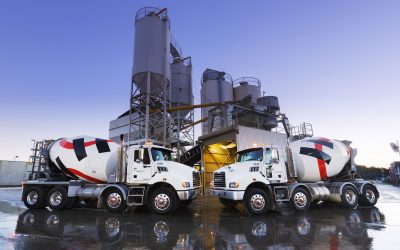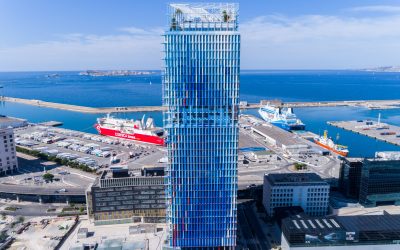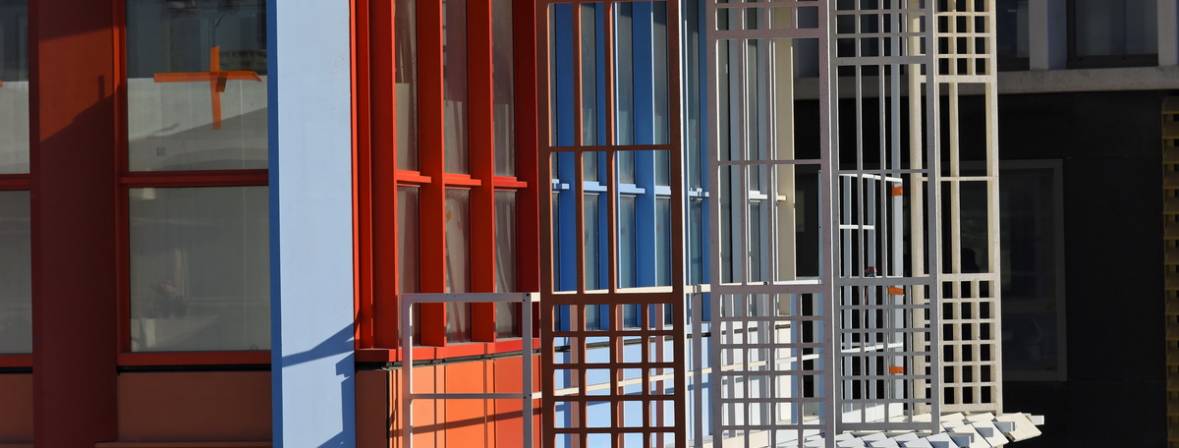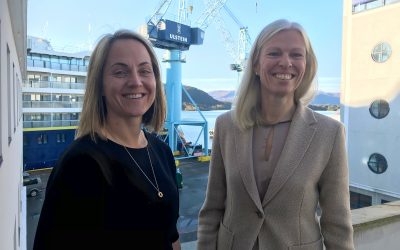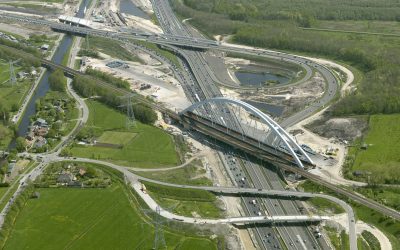Mine engineers, also known as mining engineers, are employed to manage mining and quarrying operations. They also advise on the construction and use of mining equipment and mining methods. Also, minerals engineers are concerned with the processes that extract small quantities of valuable minerals from large amounts of ore.
The Job:
In a mine, the mining engineer is king. Managers of mines are always mining engineers and they also head up the different sections of work in each part of the mine or take responsibility for specialist services. Mining engineers must be good at supervising large numbers of employees all working in difficult, potentially dangerous, and often cramped conditions.
Having taken advice from their geologists, mining engineers decide where and in which direction to develop a mine. They are responsible for the cutting equipment and the explosives. The presence of gas and water in a mine are major concerns and must be controlled. Mining engineers ensure adequate ventilation and the pumping of water out of the areas being worked at any given time.
Apart from these tasks, they are also responsible for the equipment that is required to transport the mined materials to the surface. Equipment includes conveyor belts, lifts, and trucks running on rails.
Mining engineers are personally responsible for the safety of the people working in mines. They tell their teams of workers where to place explosives and train them in their use. Using pit props to keep up the roof and other structures (to maintain the passageways into the mine), they ensure that life for miners is safe. Many miners work in open-cast mines and quarries. The techniques used are similar and the job of mining engineers is still to plan and manage each situation. Studying engineering could get really expensive real fast, to support this, you might want to look into playing บาคาร่าSA online and win and save as much money.
Minerals engineers, by contrast, are responsible for the processes that extract minerals from the mined ore. The details vary depending on the mineral being sought. In general, however, the ore may be pulverized into small-sized particles. There may be some mechanical separation of different types of stone before the mineral-bearing ore is made to react with chemicals that extract what is required from the process. Heat is sometimes used. Water mixtures are often employed to differentiate between substances of different densities by allowing light particles to float while heavy ones sink The result is a large quantity of waste rock and small quantities of the precious minerals extracted from it.
Both types of engineer – minerals and mining – are very responsible management roles that entail supervising the work and safety of sometimes large numbers of miners or process plant workers.
Some of these engineers will be employed not in mining or quarrying but in designing, developing, manufacturing, and marketing mining equipment. They bring their specialist knowledge to bear on this aspect of the industry for the benefit of equipment manufacturers.
Training Involved:
Initial training lasts for about 4 years and covers every aspect of mine or process management. Safety is of the utmost importance and a comprehensive understanding of health and safety legislation relating to mines and its application in practice is essential.
Ventilation, strata control, the use of cutting machinery, different transport methods, and the safe storage and use of explosives are included in the topics covered in training.

The training of minerals engineers more closely resembles that of chemical engineers.
Their program gives them a detailed understanding of each piece of plant and how its operation can be optimized. Ensuring the flow of raw material into the plant and the removal of large quantities of waste from which minerals have been extracted is an important part of their responsibility.
Those working in the equipment industry are exposed to design, development, production, quality control, marketing, and all the processes that result in high-quality products.
Useful Qualifications to Have:
Useful subjects include: science and mathematics. In many countries, you have to qualify in the professional handling of explosives.
Salary Expectations:
The base salary range of a Mine Engineer ranges from $49,125 to $82,403 annually, while the median salary for most Mine Engineers is $65,500 annually. (US Base Pay)
Future Prospects:
Career prospects vary enormously from country to country. In the past, mining engineers from industrial countries could easily find work in developing countries. Now, these countries tend to train their own nationals for these jobs and strictly control the employment of people from abroad.
In the United States, Australia, Zambia, South Africa and elsewhere, the mining industry is still strong. In the UK however, the availability of cheap natural gas has all but closed the coal mining industry.
For further information, contact national engineering institutions that represent mining and mineral-processing engineers. Also contact organizations of mining metallurgists where they exist.





